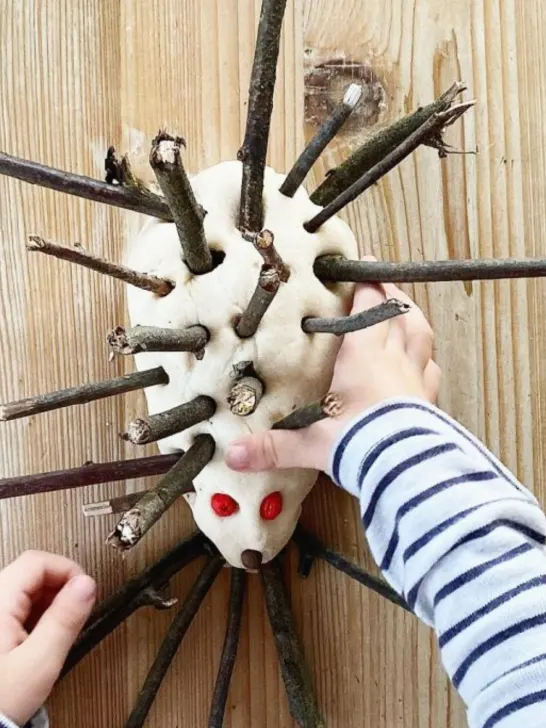Seven-year-olds are bursting with curiosity and creativity, making it the perfect age to explore imaginative and hands-on art projects. These activities not only entertain but also help develop fine motor skills, problem-solving abilities, and self-expression. Below are some delightful art ideas tailored to keep young artists engaged and excited.
Reach out to your kid’s imagination with these amusing art ideas for March.
10 Fun and Easy Art Projects for 7-Year-Olds
1.Paper Plate animals
Transform plain paper plates into animal faces using paint, markers, and scraps of paper. Kids can experiment with textures by adding cotton for fluffy sheep, yarn for lion manes, or buttons for eyes. From ferocious lions to cute pandas and everything in between, this project allows them to unleash their creativity while learning about different animals.
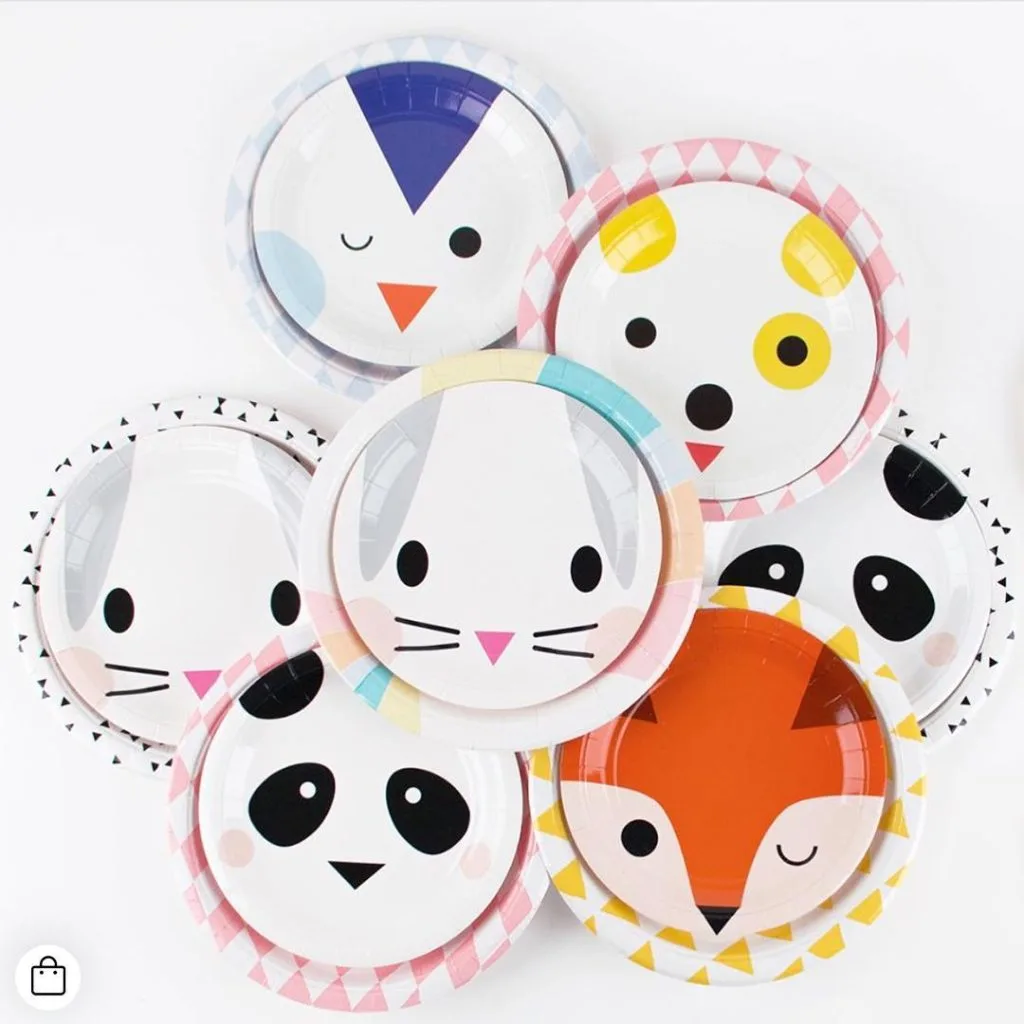
2.Rainbow Scratch Art
Begin by coloring an entire sheet of paper with bright crayons in a random or rainbow pattern. Cover it completely with black paint mixed with a few drops of dish soap for easy scratching. Once dry, kids can use toothpicks or styluses to reveal their dazzling designs underneath, creating anything from abstract shapes to detailed drawings.
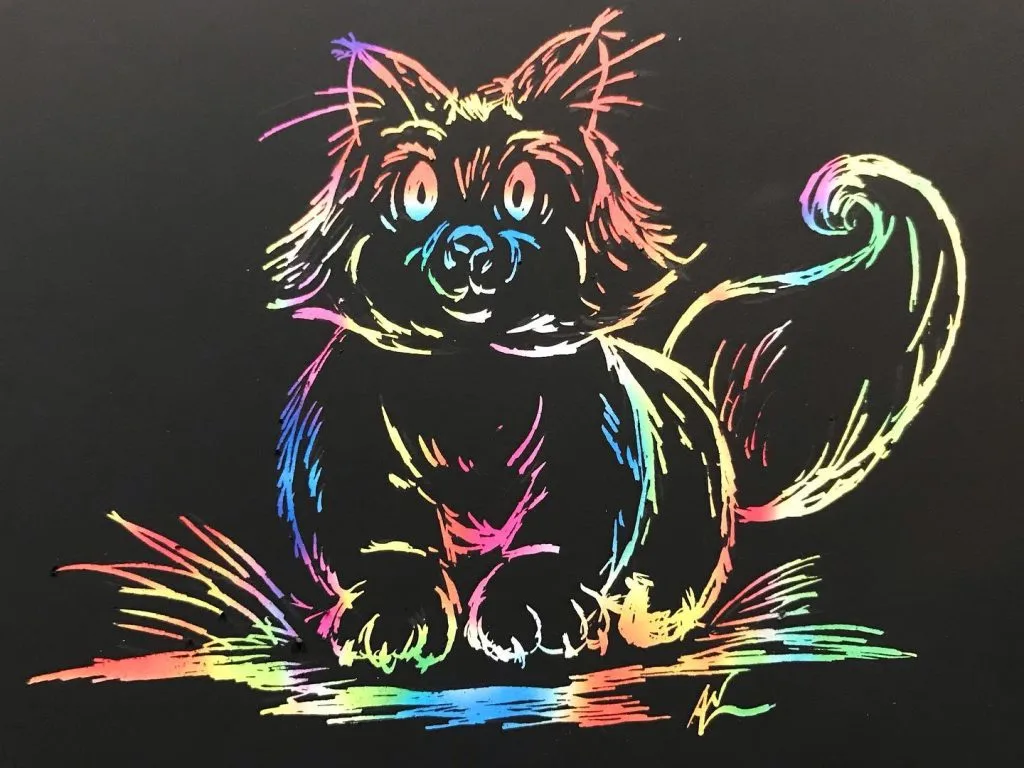
3. Nature Colleges
Take a nature walk with your child to collect leaves, flowers, and twigs. Encourage them to observe patterns and textures in nature. Back home, provide them with glue, cardstock, and optional extras like glitter or paint. They can use their natural treasures to craft beautiful landscapes, animals, or abstract designs, while learning about the environment.
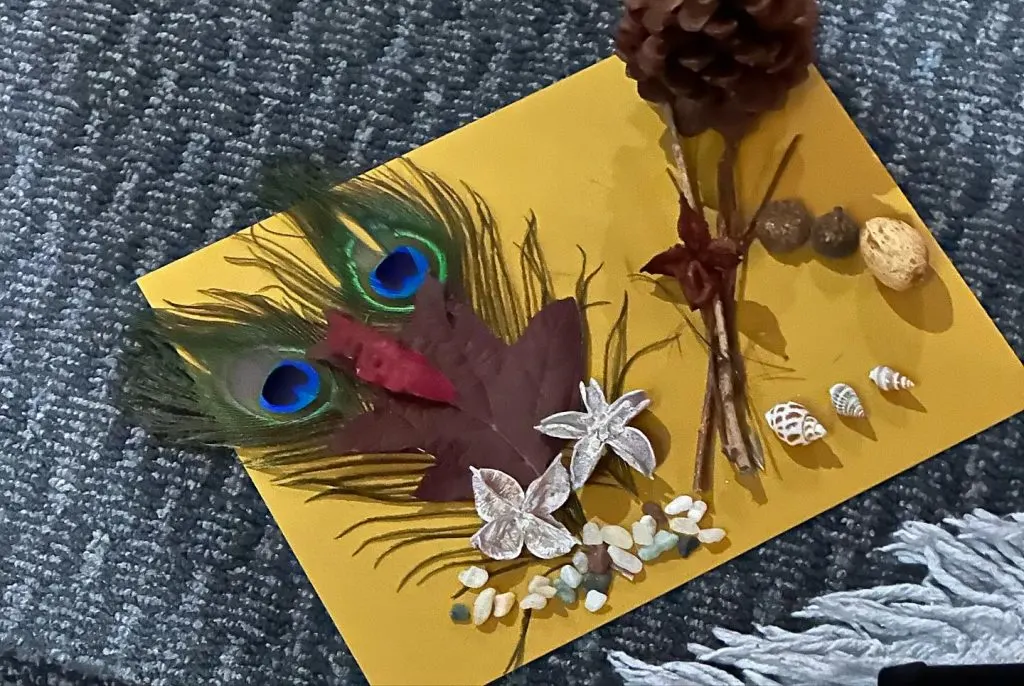
4. Handprint Mosaics
Trace and cut out handprints on colored or patterned paper. Have kids layer the handprints in different orientations to create a mosaic-style art piece. Add details with markers or stickers, and frame the result for a keepsake. You can even turn the project into a family activity by combining everyone’s handprints into one collaborative masterpiece.
5. Marble Painting
Add a few marbles or small balls to a shallow box with a sheet of paper. Drop blobs of paint in various colors onto the paper and let kids tilt and shake the box to roll the marbles around. The rolling motion creates mesmerizing abstract designs, and kids can experiment with different color combinations or patterns for unique results.
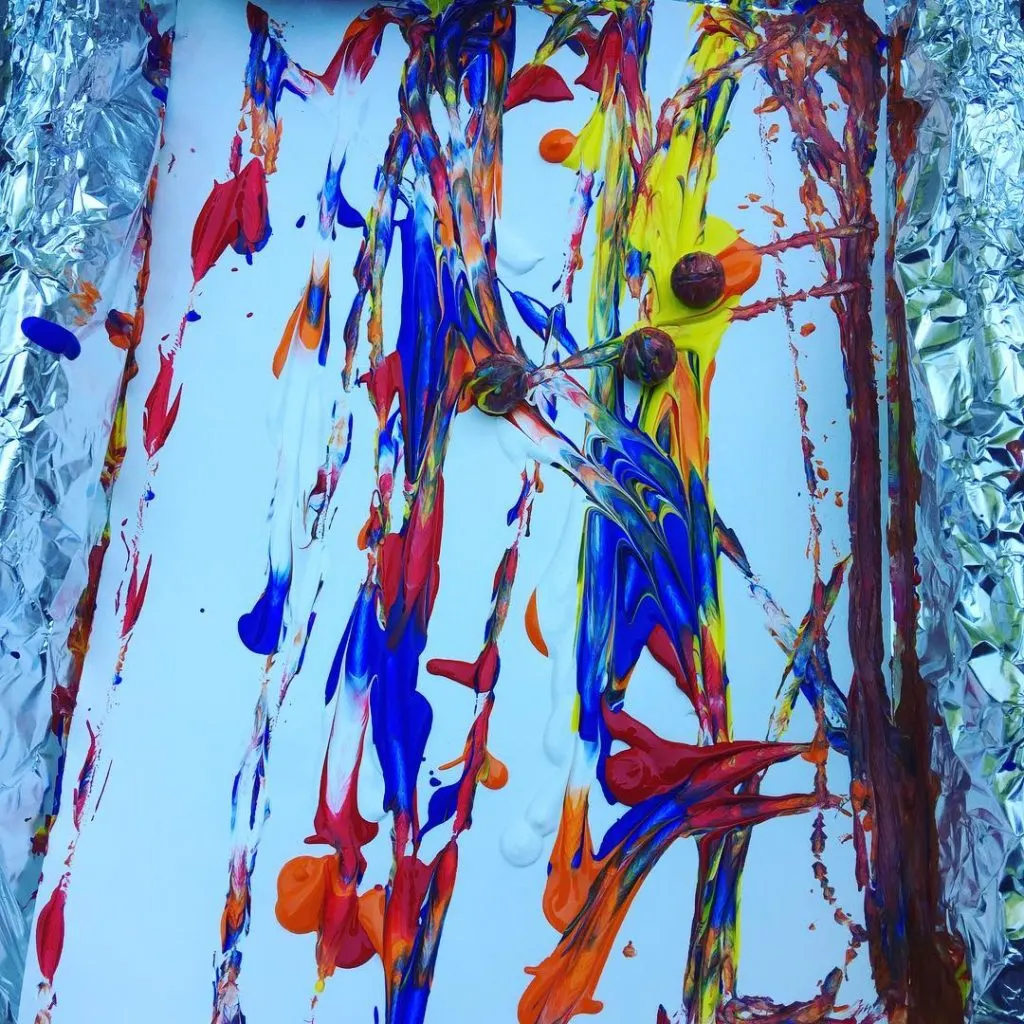
6. Tissue Paper Stained glass
Cut colorful tissue paper into various shapes—squares, triangles, or abstract forms. Stick the pieces onto clear contact paper, overlapping them for a vibrant stained glass effect. Seal it with another sheet of contact paper and trim it into fun shapes like hearts or stars. Hang the creations on windows, where sunlight will make them glow.
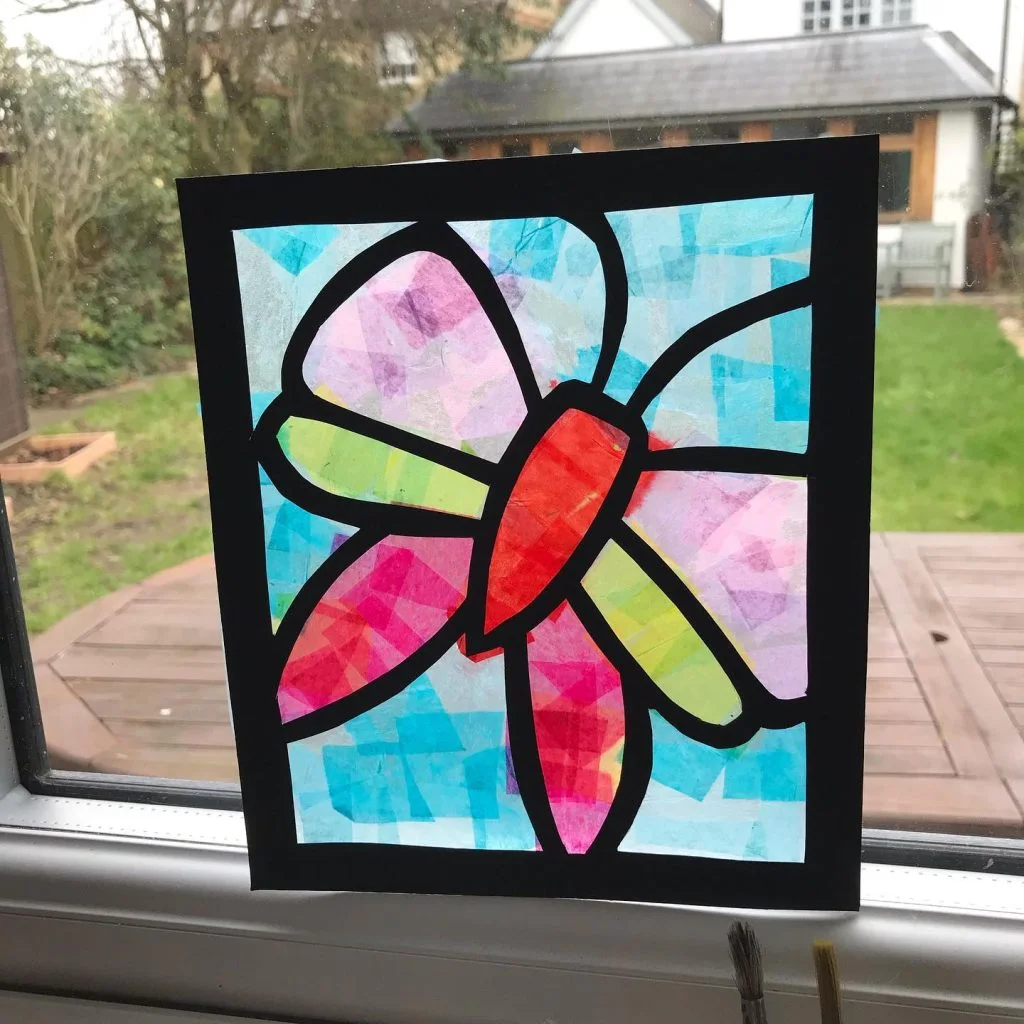
7. Cardboard City-spaces
Gather cardboard boxes, paper rolls, and other recyclables to craft a miniature city. Kids can cut, paint, and decorate their buildings with doors, windows, and even rooftop gardens. Add roads using black construction paper and chalk, and make cars or trees to populate the scene. This project lets kids design their own world and learn about city layouts.
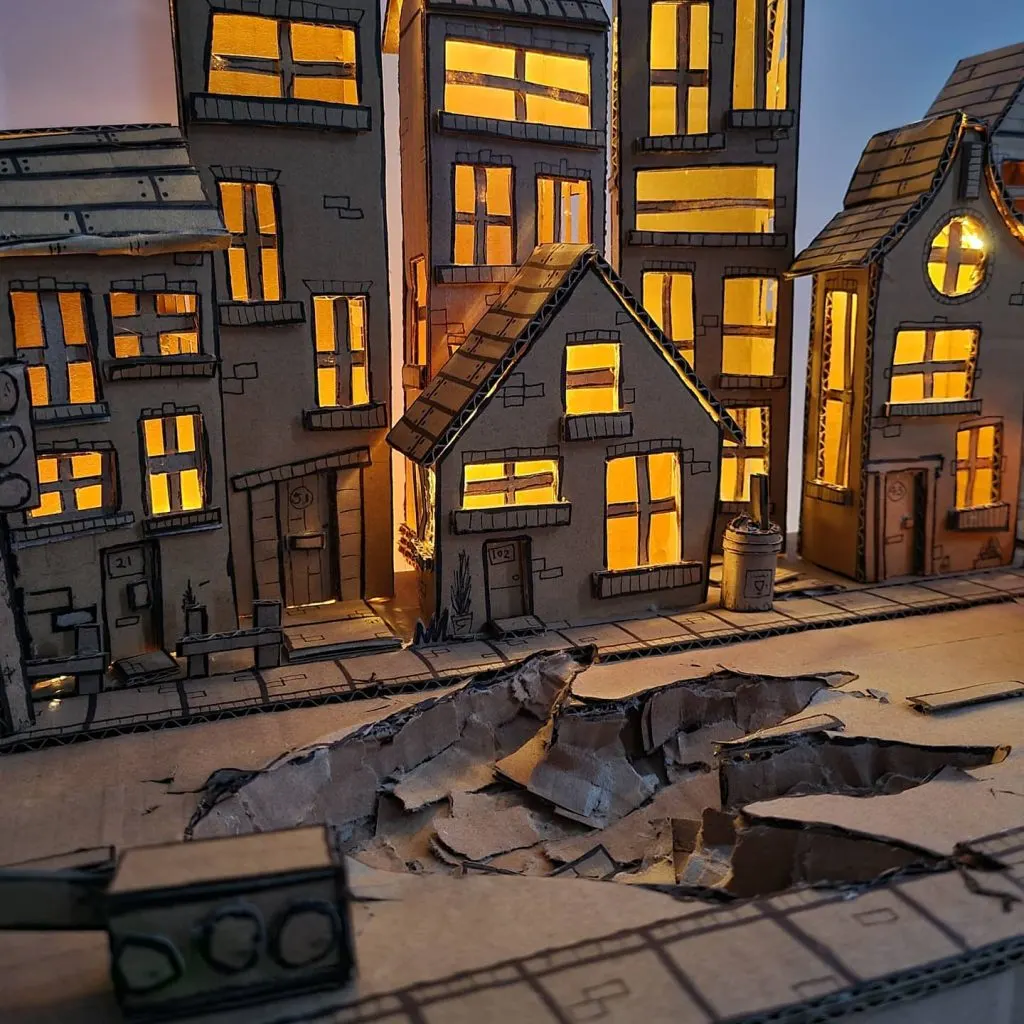
8. Paper Weaving
Prepare strips of colored paper, either plain or with designs. Show kids how to weave the strips over and under a base paper to create bold geometric patterns. They can frame their work or cut it into shapes like hearts or butterflies. Use metallic or textured paper to make the weaving more dynamic.
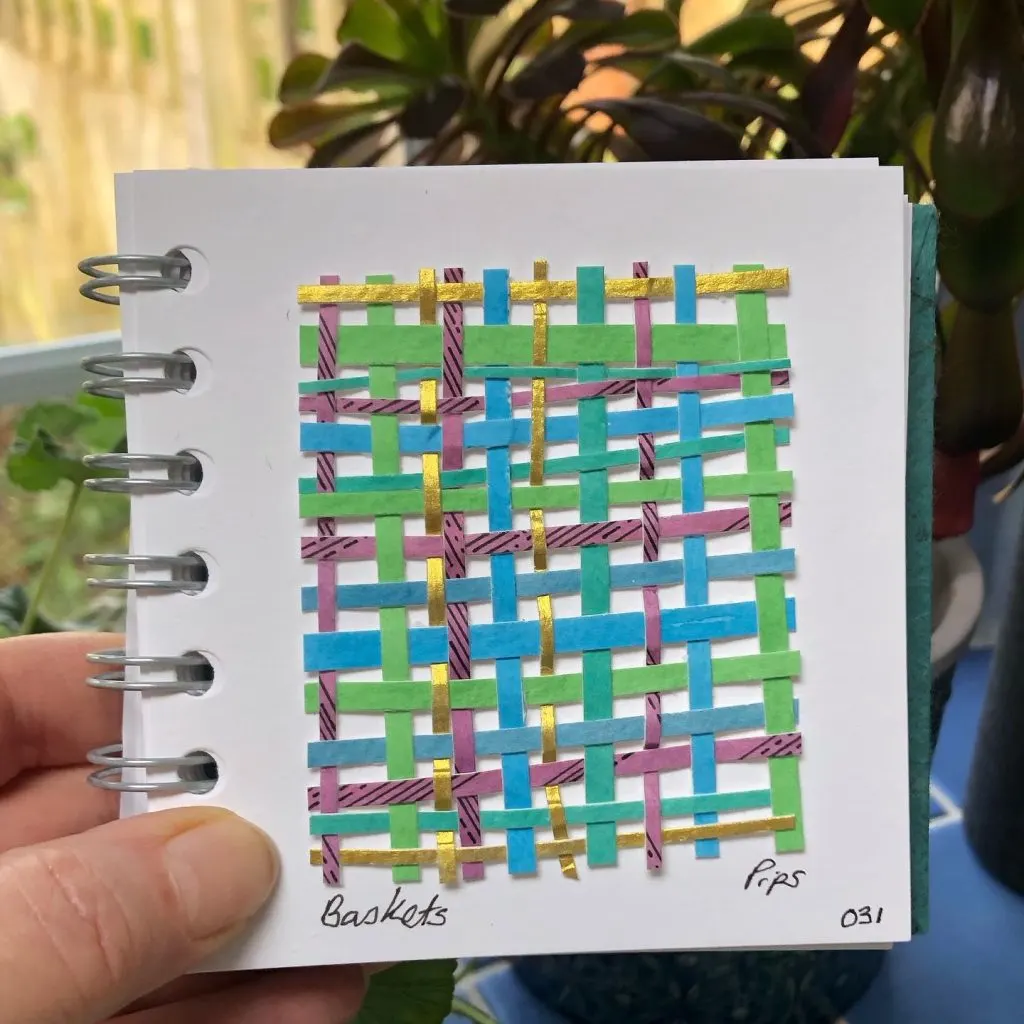
9. Salt Dough Sculptures
Mix 2 parts flour, 1 part salt, and 1 part water to make salt dough. Once the dough is ready, let kids sculpt animals, ornaments, or anything they imagine. After baking the creations in the oven at a low temperature, they can paint and embellish their sculptures with beads, glitter, or sequins for a personalized touch.
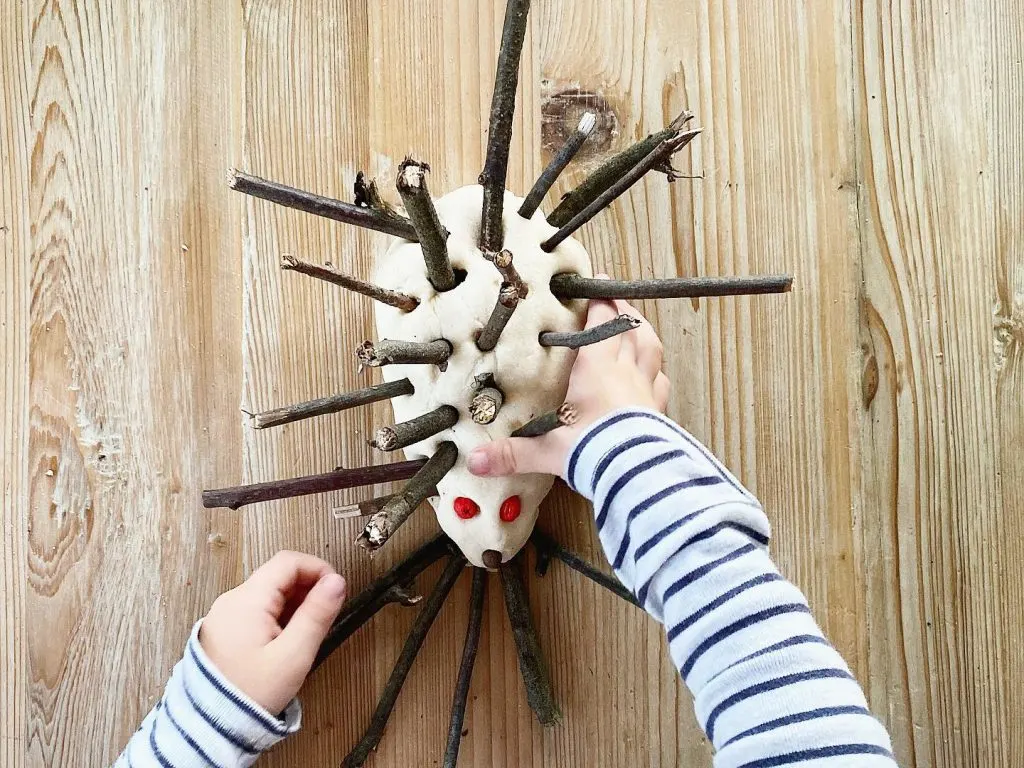
10. Blow Painting with Straws
Drop small puddles of liquid watercolor or thinned acrylic paint onto thick paper. Using straws, kids can blow the paint into wild, unpredictable shapes. They can create abstract art or turn the splatters into funny creatures by adding googly eyes, drawn arms, or silly hats. This activity teaches kids about color mixing and airflow while being loads of fun.
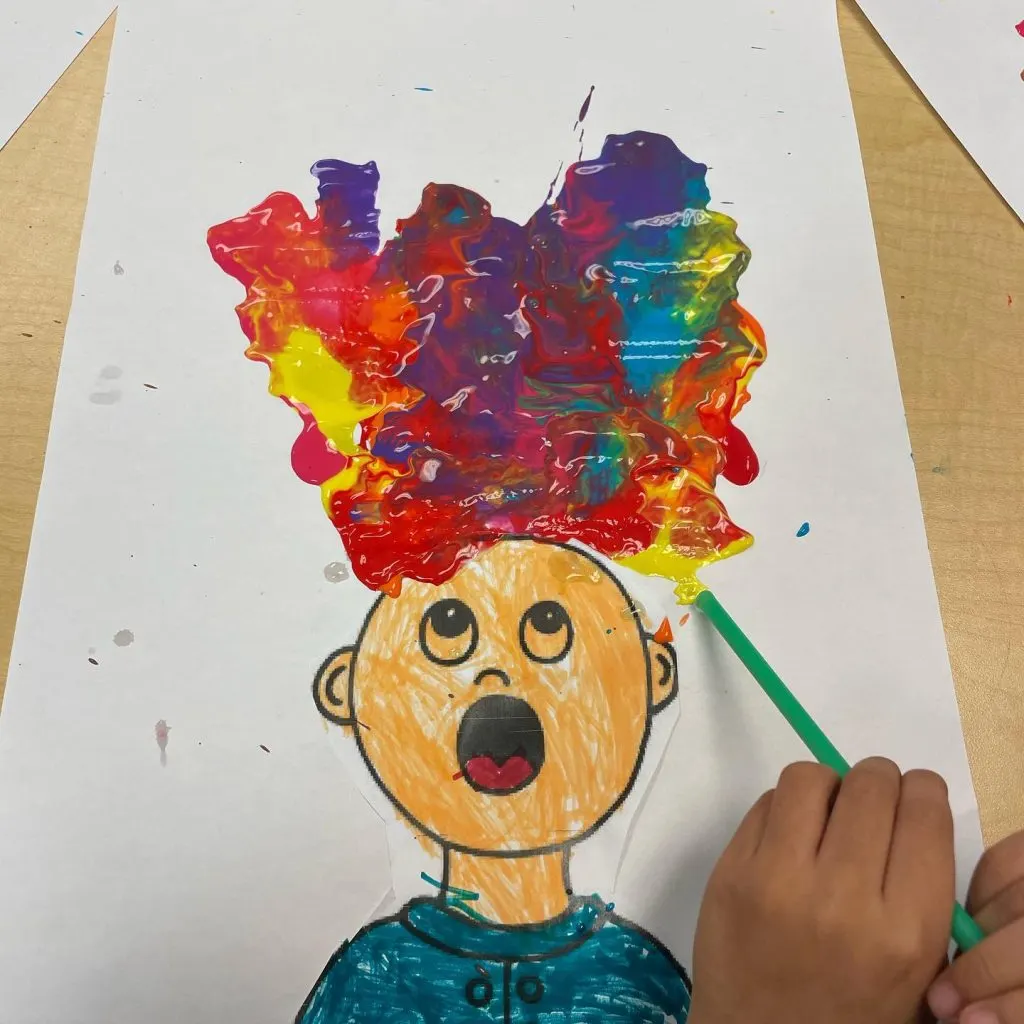
Tips for Successful Art Time
- Celebrate the Process: Focus on the joy of creating, not the outcome.
- Mix It Up: Encourage kids to experiment with new materials like clay, glitter, or even recycled items.
- Showcase Their Work: Frame or display their art in a dedicated “gallery wall” to boost their confidence.
How do I Make Art a Learning Adventure for Kids?
Combine art with education by incorporating themes like science, history, or storytelling. For example, create a planet mobile to explore the solar system or use salt dough to shape dinosaur fossils while learning about prehistoric creatures.
Why Is Art Important for 7-Year-Olds?
Art is more than just a fun activity—it plays a crucial role in a child’s development. At age seven, kids are learning to express themselves, solve problems, and refine motor skills. Engaging in art projects fosters creativity, builds confidence, and improves focus. Additionally, it provides a platform for self-expression that words may not always achieve.
What Are the Best Art Supplies for 7-Year-Olds?
Having the right supplies on hand can make art time more enjoyable and less stressful. Some essentials for this age group include:
Washable paints and markers (to minimize messes)
Construction paper and cardstock
Safety scissors and non-toxic glue
Crayons and oil pastels for bold coloring
Tissue paper, pipe cleaners, and beads for crafts
Recycled materials like cardboard boxes and paper rolls for eco-friendly projects
Encouraging kids to experiment with different materials expands their creativity and skill set.
How Do You Encourage Reluctant Kids to Try Art?
Not every child is naturally drawn to art, but you can spark their interest with these tips:
Start Simple: Choose easy, low-pressure projects like coloring or finger painting.
Incorporate Their Interests: Suggest art related to their favorite animals, hobbies, or stories.
Join in the Fun: Work on a project together to model enthusiasm and teamwork.
Praise Their Efforts: Focus on the process rather than the outcome to build their confidence.
How Can Parents Make Art Time Easier?
Prepare a Dedicated Space: Set up a small art corner with easy access to supplies to encourage independent creativity.
Embrace the Mess: Use table covers or old sheets to make cleanup easier and allow kids the freedom to explore.
Offer Guidance, Not Perfection: Provide tips and examples, but let kids take charge of their projects.
Celebrate Their Work: Display their creations at home or give them as gifts to show appreciation for their efforts.
Conclusion
Art projects are more than just a way to pass the time—they’re opportunities for kids to express themselves, develop new skills, and discover the joy of creativity. These 10 fun and easy art ideas for 7-year-olds are designed to spark imagination and foster confidence in young artists. Whether they’re crafting colorful collages, sculpting salt dough masterpieces, or creating dazzling stained glass effects, these activities provide the perfect blend of learning and fun. So, gather some supplies, roll up your sleeves, and enjoy the magic of creating art together!
Learn more creative nurturing skills from these colorful April art projects for kids.

